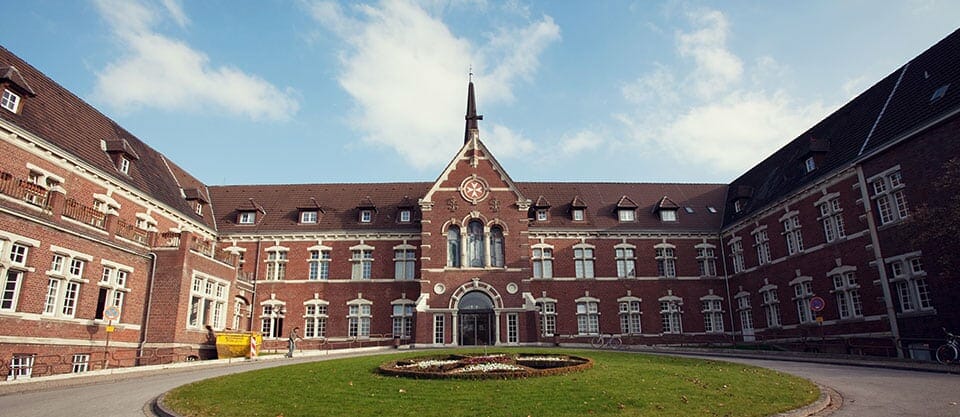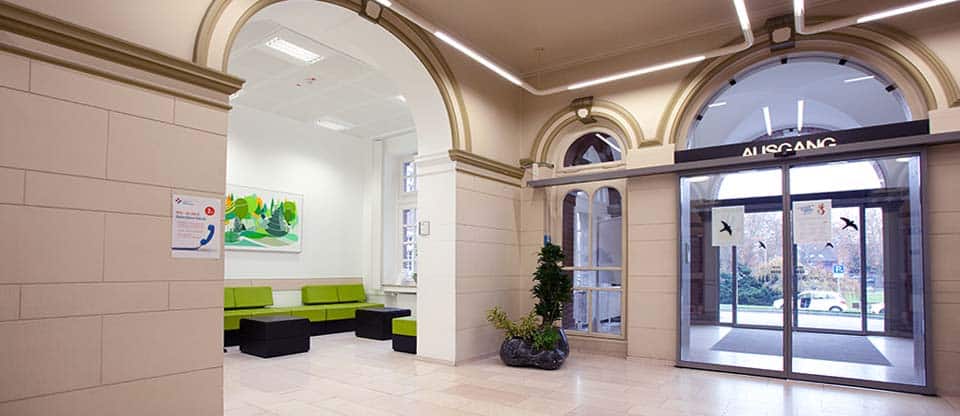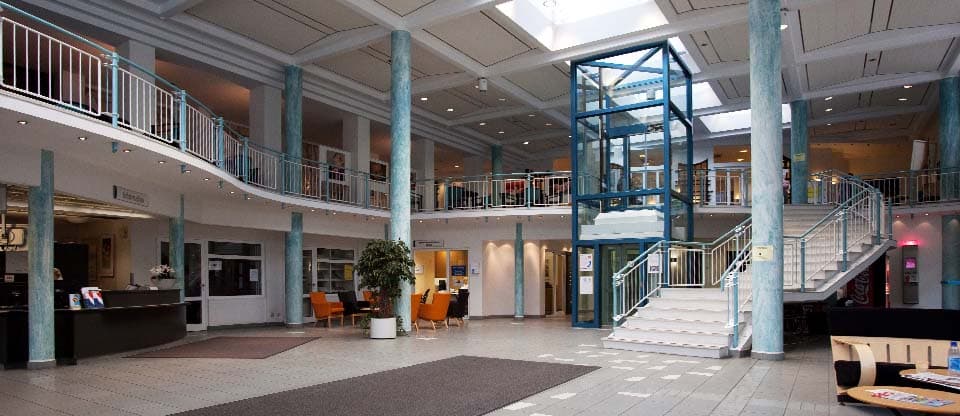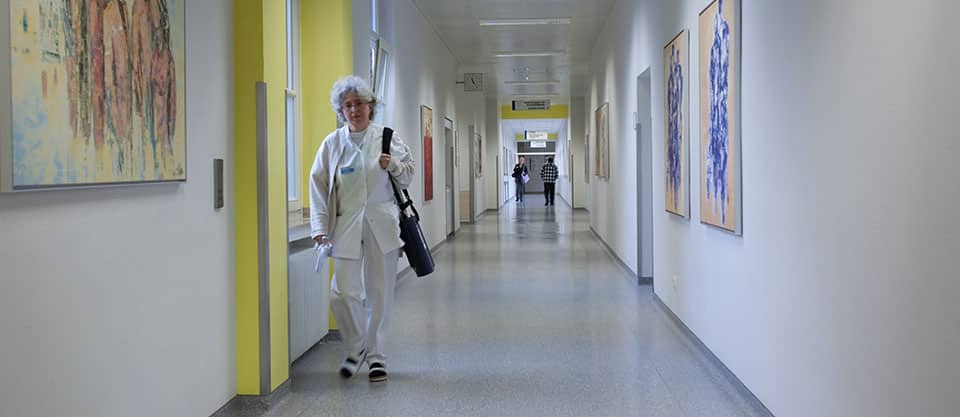Causes of back pain
Based on the changes that occur in the intervertebral discs during their wear (chondrosis), a decrease in the height of the discs may occur and, as a result, changes in the vertebrae (osteochondrosis) and small joints of the spine (arthrosis of the facet joints and spondyloarthrosis) may occur. These degenerative changes can be accompanied by back pain and, if the disc herniation puts pressure on the nerve root, pain or weakness in the leg. During the classic microsurgical operation on the disc, in order to release the nerve root, the fallen out fragments of the disc are removed. In case of advanced degenerative changes, depending on the circumstances, the motor segment must be strengthened. However, there are exceptional situations in which neither the microsurgical operation nor the required strengthening can be performed. Some of these patients can be relieved of pain by having an intervertebral disc replacement with an endoprosthesis. At the same time, the mobility of the motor segment remains intact.
Patients recommended for implantation of a disc endoprosthesis
People suffering from back pain as a result of degenerative changes in the intervertebral discs, without evidence that the consequences have already led to wear of the small joints of the spine, narrowing of the spinal canal, or complete instability of the motor segments. Disc endoprosthesis is not a universal remedy. In reality, only a few patients are considered for implantation of a disc endoprosthesis.
Operation
The operation is performed under general anesthesia. Through an incision in the lower and middle abdomen, the anterior surface of the spine is reached without penetrating into the abdominal cavity itself with organs such as the bladder, small and large intestines (the so-called retroperitoneal access). Particular attention is paid to the fact that large vessels of the abdominal cavity pass from the anterior surface of the lumbar spine. They must be very carefully released and kept out of the way in order to operate in the area of the disc. The disk is completely removed. Then, before the final installation of the disc endoprosthesis, the intervertebral space is expanded to the height of a healthy intervertebral space.
What is the postoperative treatment
The very next day after the operation, with the help of therapeutic exercises, the patient gets out of bed. In the following days, exercises are studied to strengthen the muscles of the back and abdomen. Achieving a state of rest with a bandage or corset is not provided. In the first weeks after such an operation, we recommend that patients sit in a slightly elevated and upright position. Only after 9-12 months is it allowed to carry weights or engage in so-called "stop-and-go-sports" (ball games, skiing, equestrian sports).
Head of the Clinic for Neurosurgery and Spine Surgery
Head of the Interdisciplinary Neurological Center
Video
Request appointment
Useful links














